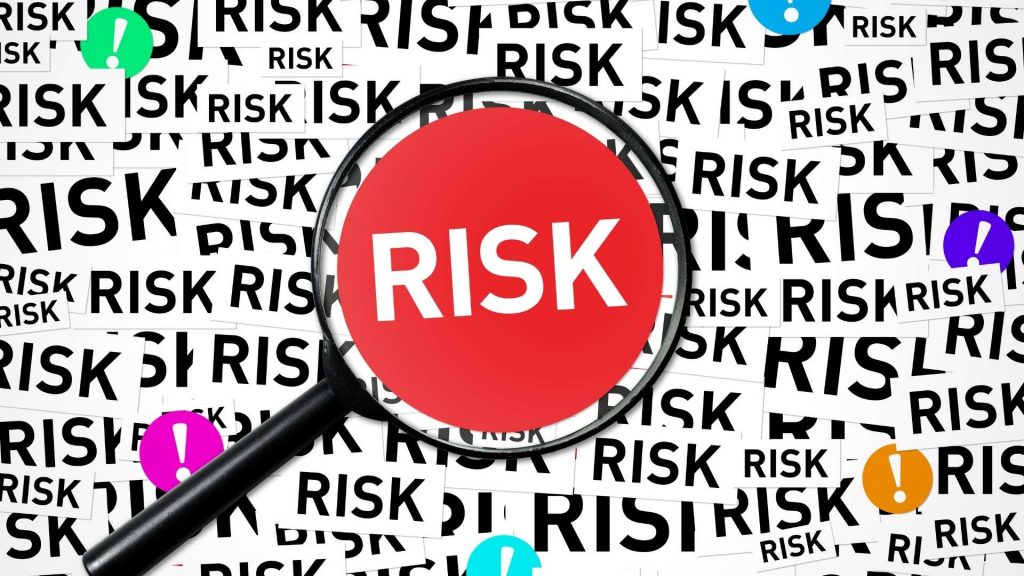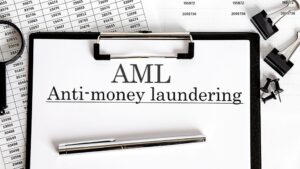The implementation of ERM practices is an ongoing process that must be followed considering the phases. Each of the four phases of ERM is interrelated. One phase cannot be implemented effectively if the previous phase is not completely implemented. This article elaborates on ‘Phases of ERM Implementation’.
What is ERM?
Enterprise Risk Management (ERM) is a procedure that looks at risk management strategically from the organization’s perspective. Mainly, it is a strategy that aims to identify, assess and prepare for potential dangers, losses and other potentials for harm that could interfere with the operations and objectives of an organization, which in turn, leads to losses.
Phases of ERM
The four phases of ERM implementation in the organization are as follows:
In Phase 1, the understanding of the ERM context and its criteria are crucial. Strategic objectives and context must be clearly defined by the management. Management must ensure that articulation and integration of risks are considered and an ERM team is recruited to assist on the ERM journey of organizational development and change in current risk management practices. ERM requires the integration of processes and enables management to define the strategy considering the existing and potential risk exposures concerning the risk landscape.
In Phase 2, management must identify and assess the risks and their implications for performance. Management is required to adopt different possible approaches to identify the risks to which the organization is exposed. Different sources are referred by the management and risk management professionals to identify the risks, including regulatory framework, standards, laws, and industry requirements. The organization is required to calibrate the organization’s risk “yardstick”. Organizations may use different tools to identify and assess the impacts of the risks such as Risk and Control Self-Assessment and Key Risk Indicators.
In Phase 3, management must ensure that ERM practices are integrated into the business practices and operations. The establishment of monitoring and reporting structures that drives alignment with corporate strategy and risk criteria is ensured. Management is required to prioritize the ERM activities according to strategic planning, business planning, and business process design.
In Phase 4, management is required to establish the ERM practices and structures as an ongoing discipline. It must be understood that ERM is not a one-time exercise. It is a journey that must be inculcated into the culture of the organization at cross-functional and departmental levels. It also supports the organization by extracting the risks from past mistakes and enables management to adopt a futuristic approach to deal with surprises. Management is required to periodically assess the ERM capabilities and performance levels and accordingly adjust the ERM practices, considering the size and complexity of the business operations.
Final Thoughts
The implementation of ERM practices is an ongoing process that should always be followed considering the four phases mentioned above. One phase cannot be implemented effectively if the previous phase is not completed.




